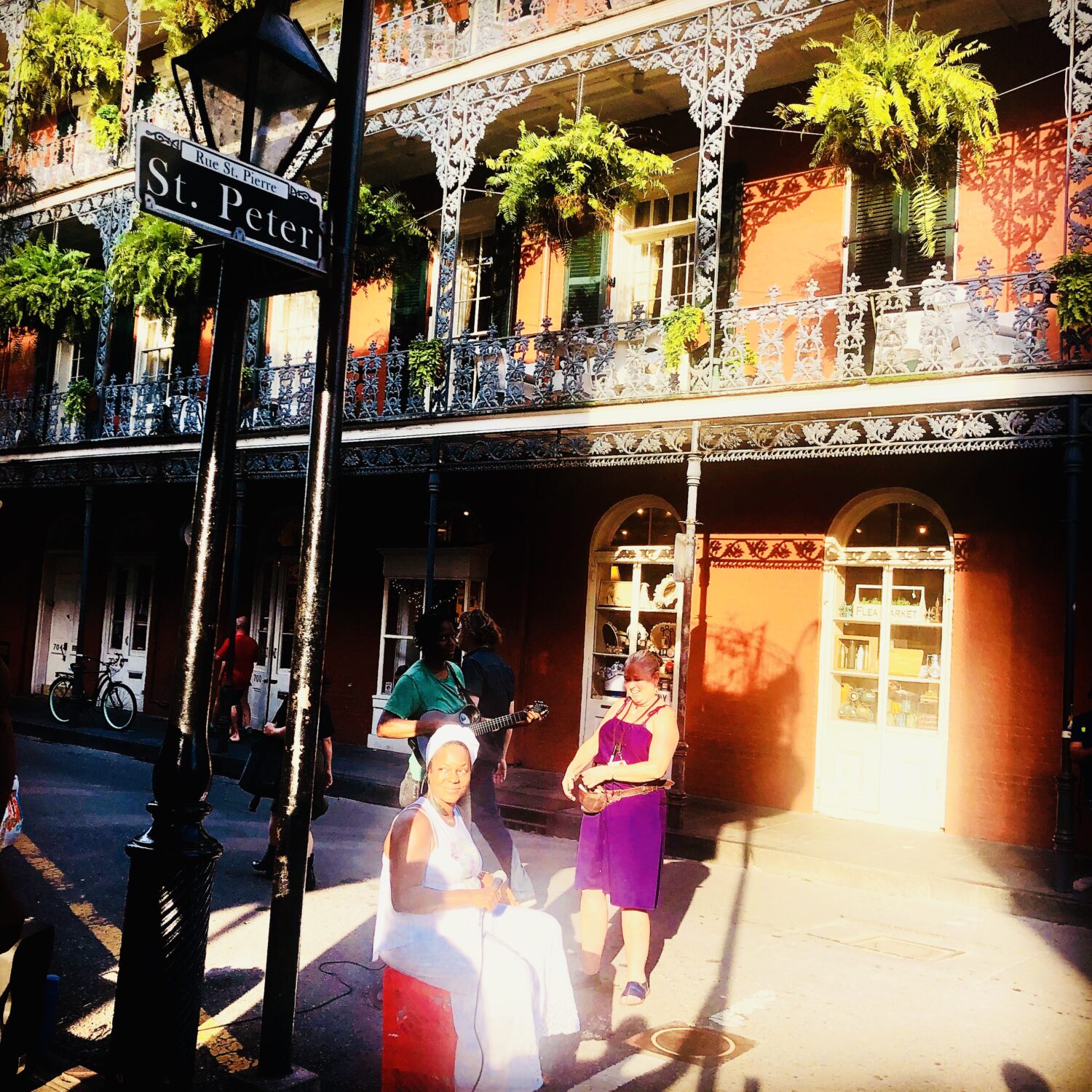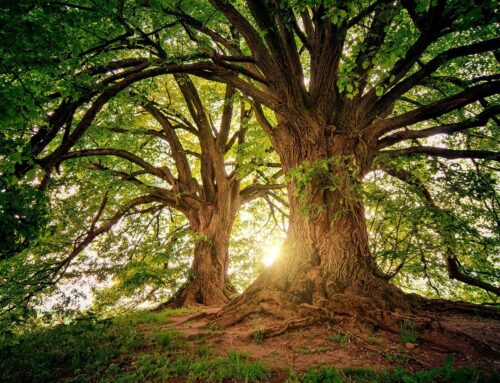I recently took my first trip to New Orleans. Even when I lived in Australia, I was always intrigued by this distant city encapsulating a captivating mix of spirits (mystical, behavioral, and alcohol-based alike), blues, and art. The vampire novels, films, and music centered in this mysterious location in America made me even more curious. It did not disappoint.
Along with a deep love and respect for the arts, permeating the city was a carefree attitude distinctly different from the bustling intensity of other busy cities I’ve visited. I sensed it was because the people there seemed fueled by something other than social status, work, or wealth. Their “richness” came from nourishing their creative souls, whether in the form of an innovative BBQ oyster Po-boy, a quirky version of an original song belted out on a street corner, or a contemporary twist on a voodoo doll. Each of these was delivered with the heartfelt pride of a child presenting his mother with a freshly picked daisy.
Most of us understand the importance of physical nourishment, but we often overlook how creative expression can also contribute to our emotional and spiritual nourishment. As legendary blues musician Louis Armstrong once explained, “What we play is life.”
In the French Quarter of New Orleans, music is everywhere, from old-time legends performing in packed jazz clubs, to undiscovered and extremely talented musicians in dive bars, to locals joyously singing on the street. In this musical epicenter, even if all you have is a pair of hands to clap, a sense of rhythm, and a voice to express it, you too can be a legend in your own right.
I found it impossible to be in the middle of this musical vortex and not feel the notes touch my soul. The smiles on all of our faces—the musicians and audience, whether passing by or part of a gathering crowd—was a testament to how creative expression contributes to our joy.
There are endless studies that reveal the impact that creative outlets can have on our wellbeing and mental health. Researchers found evidence of decreased depression, reduced stress, strengthened immune systems, and an increase in problem solving, critical thinking, managing negative emotions, and overcoming trauma. Moreover, recent results have also shown positive implications against Parkinson’s disease, various forms of dementia, and cancer .
It’s essential to understand that while we may not be painters, sculptors, or musicians, we all have the capacity to create. “Creativity is not something held by a select special few,” explains Sir Ken Robinson, an international advisor on education in the arts. “You can be creative in anything: in math, science, engineering, or philosophy as much as you can in music or in painting or in dance.”
Therefore, we are all creators. When we converse, we are creating connections and relationships. When we plan, we create a day, an experience, or a moment. We can even create a life! And most importantly, we are the creators of our life experience. Our life is like a canvas with colors, images, and distinct brush strokes that express what we are living and what lives in us.
Use bright colors and bold strokes! Create awe around you; illustrate the beauty you wish to see, the peace you dream of feeling, the music that sings to your heart, and the marvelous life you want to live.
Fun Work Exercise
For the next seven days (or more), do one creative thing that is out of your ordinary day-to-day routine. It may be something you love that you haven’t done in a while or something completely new that you always wanted to do. It can be painting, dancing, baking, planting flowers, starting a journal, writing poetry, or decorating a room.
Do not think or worry about the end product. Enjoy the process of engaging in something that feels creatively nourishing to you.







Sherly, thanks so much for these inspiring reflections. Yummy and colorful food for thought and action! You’re the best!!
Thank you, Dawna. I’m so glad you enjoyed the e-blast. YOU’RE the best!